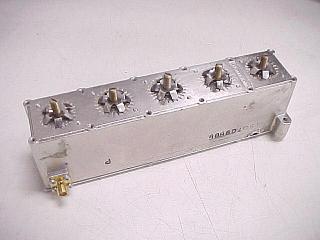 |
|
Helical Filter Modified for 220 MHz. |
 |
|
Helical Filter Modified for 220 MHz. |
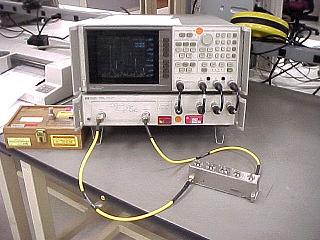 |
|
for these test measurements. |
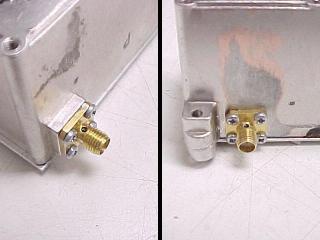 |
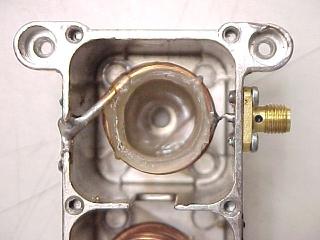 |
|
|
|
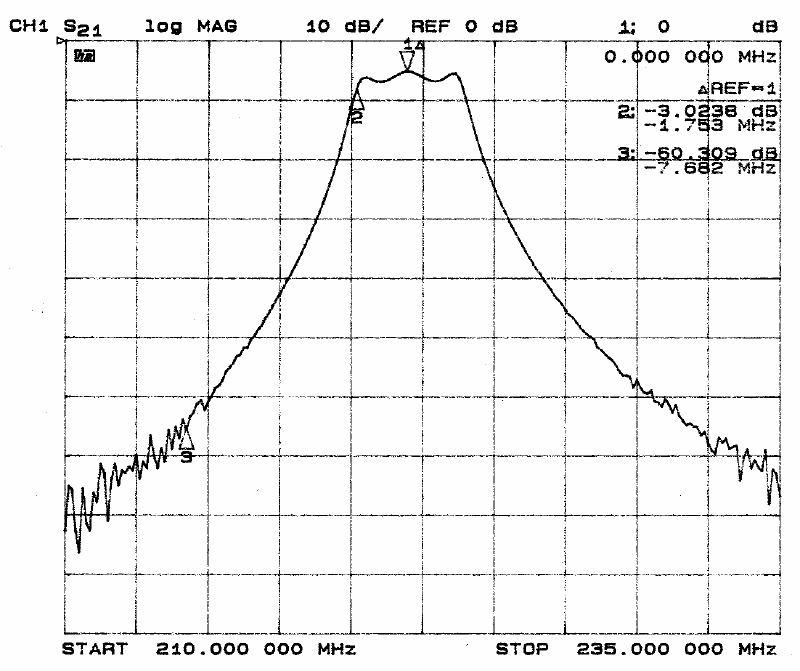 |
|
|
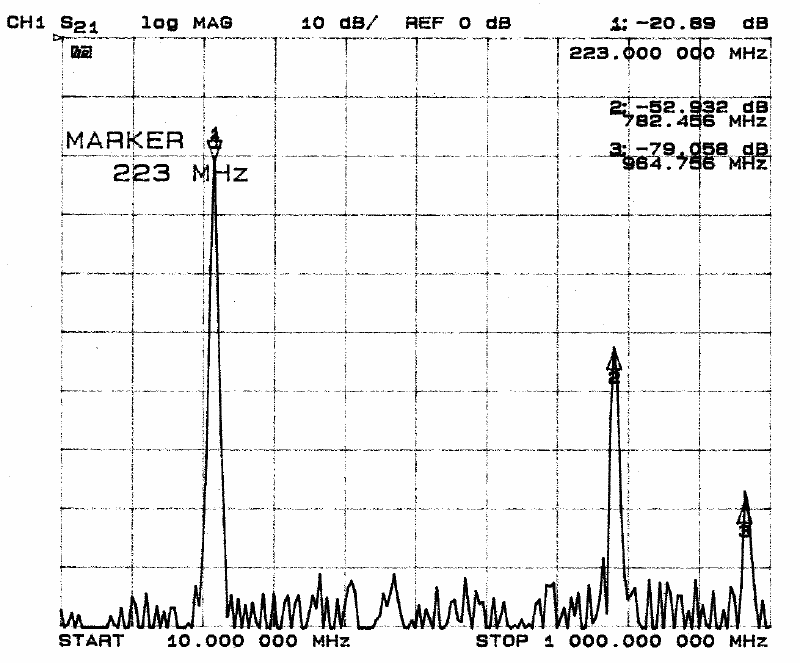 |
|
|
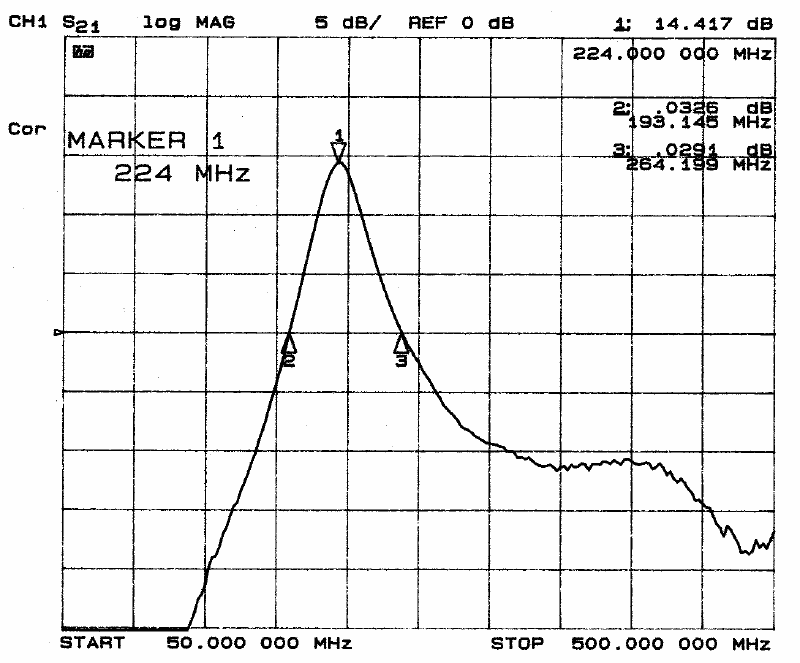 |
|
|
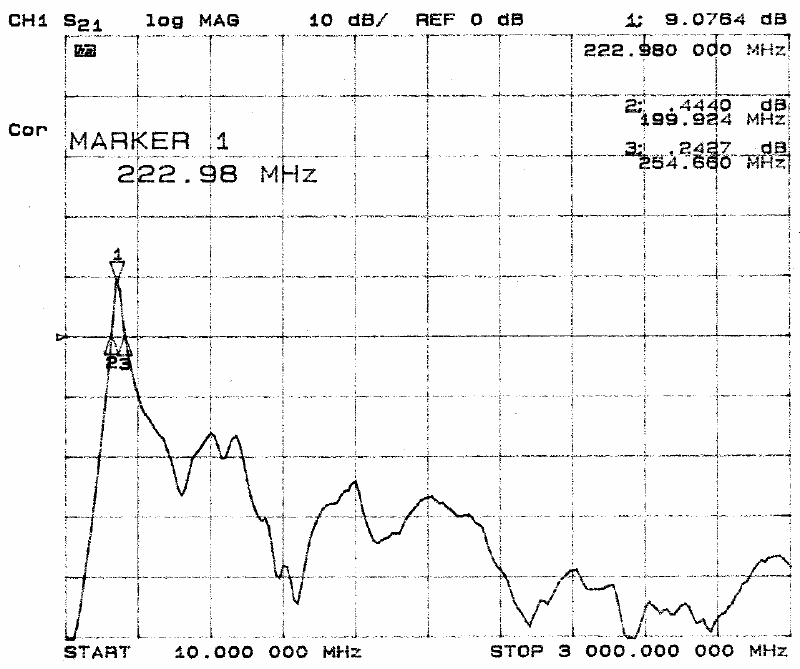 |
|
|
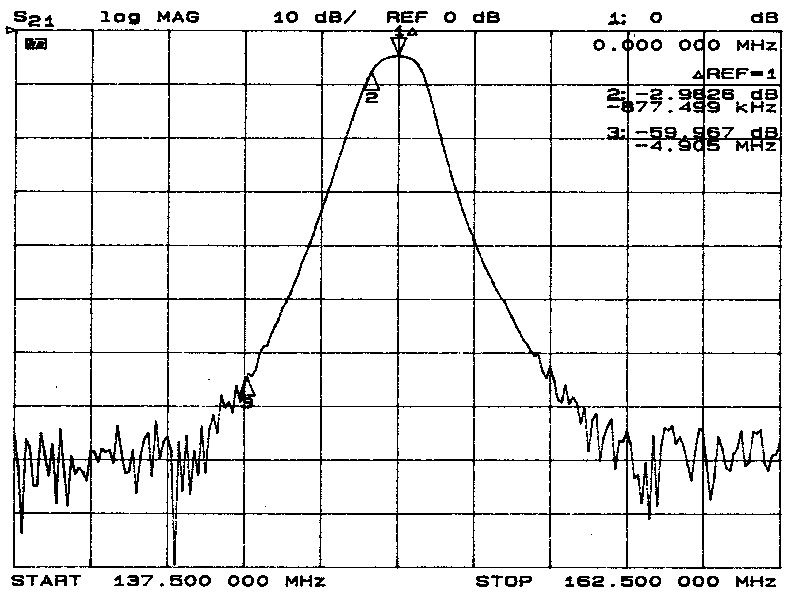 |
|
|
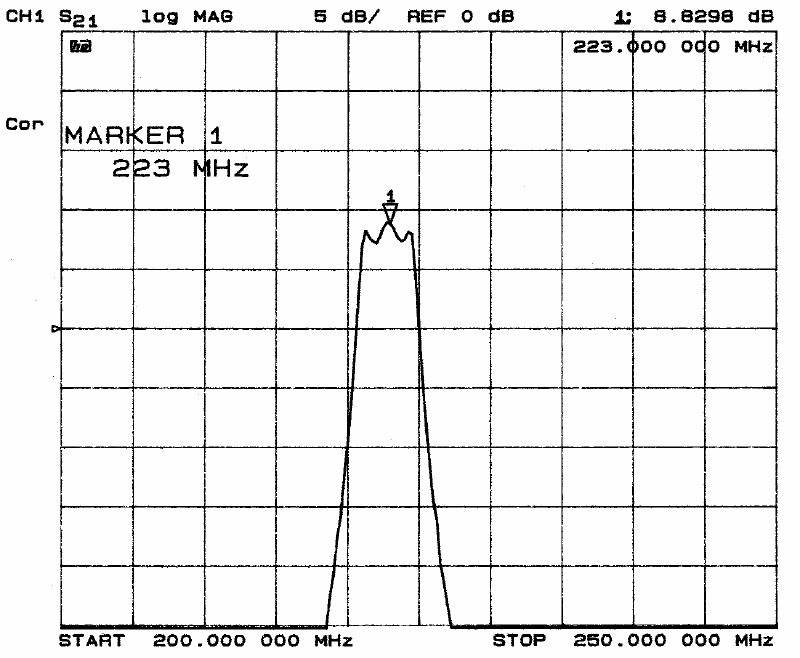 |
|
|
Many thanks to Gary, KH6JTM for allowing me to keep his filter and preamp for a few weeks while I got around to measuring them.

Project Page |

Home Page |
